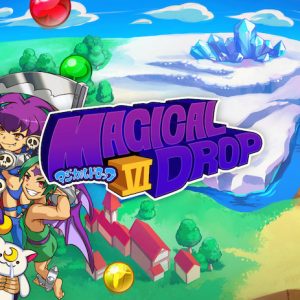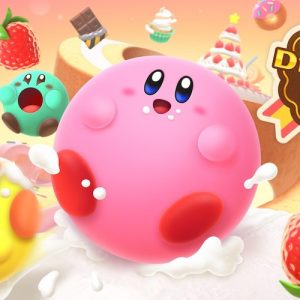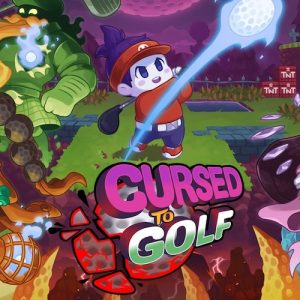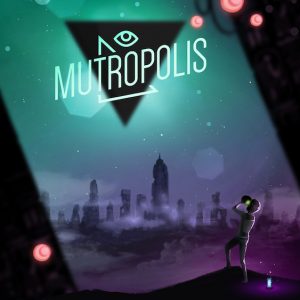The Wii U version of QUBE has been a long time coming. The first-person puzzler originally launched on PC back in 2012, before a Tweet from indie developer Toxic Games revealed a photograph of the game running on the Wii U GamePad over a year later. Nintendo went on to highlight the game with various appearances in eShop trailers and sizzle reels throughout 2013, and then… nothing.
It was May 2015 before QUBE: Director’s Cut was technically re-announced for Nintendo’s platform, with the updated port arriving on PlayStation home consoles before making its way into the Wii U’s stratosphere. Sadly, the ratio of time in development to new additions in this re-release doesn’t exactly add up.
Alongside its three-hour campaign, there’s a new mode called “Against the Qlock” that challenges you to solve puzzles within a certain time limit. The puzzles are reasonably well executed, but the genuine sense of desperation that’s conveyed throughout the story fails to be recreated when your only adversary is a countdown timer.
Despite its length, QUBE’s story offers a genuinely deep experience that’ll have you on your toes throughout. You’re placed in the shoes of an unnamed, silent protagonist, with the small task of saving the world placed entirely upon your shoulders. You find yourself within an unknown entity, hurtling towards planet Earth. In order to save the lives of billions you must destroy this “thing” from the inside, by solving a variety of color-based puzzles.
With your gloves, you have the power to extrude various colored blocks — each color representing a different property. Blue blocks spring you into the air, not dissimilar to the blue Repulsion Gel in Portal 2, while yellows and reds stretch out to make bridges or platforms; QUBE often feels like a first-person Pushmo in that regard. The puzzles, however, grow old very quickly and often prove themselves more tedious than fun during the latter chapters.
Speaking of Portal, the setting also appears to be heavily inspired by Valve’s classic duo, and again it’s unfortunate that Toxic Games wasn’t able to achieve a convincing sterile atmosphere and environment. Some might say the soundtrack is appropriately dull, but there’s really no excuse for the vomit-inducing visuals. The narrow hallways are lined with bright white walls which feature very little texture or expression; when this is paired with a clunky control system (and no sensitivity settings in the menu) I unfortunately had to quit the game on several occasions due to motion sickness.
In the developer’s defense, the Wii U GamePad is put to excellent use here — although not in a way that you might imagine. The first thing you’ll want to do, if you decide to take the plunge on QUBE, is head into the Controller Settings and crank down the GamePad’s brightness. The mind-numbing corridors become a little bit more bearable when you’re not being dazzled by your TV display.
Although many constraints were clearly adhered to in the creation of this game, one area in which QUBEexcels is its voice acting. While, your character is silent, and your commander only pops up to talk at sporadic intervals, the lack of a constant communication relay is excused through the story. You see, your outbound radio transmissions have failed, while Commander Novak — a lone astronaut aboard the International Space Station — talks into your ear whenever she’s in range of, well, whatever it is that you’re aboard. Interesting dialogue and excellent voice acting propels the story forward and keeps you interested throughout. And just when you thought QUBE couldn’t draw any more inspiration from Portal 2, the voice of a British Southerner joins your earpiece to defer you from the cause, forcing you to second guess everything that Novak is feeding you.
QUBE: Director’s Cut (Wii U) Verdict
QUBE: Director’s Cut certainly fills a gap in the Nintendo eShop library, even if it offers nothing new to the genre. If you can cope with obtuse puzzles and a less-than-ideal aesthetic then you’ll definitely appreciate the underlying story that’s hidden within. If you’re just curious about the concept of a first-person puzzler that incorporates platforming mechanics, do yourself a favor and hunt down a copy of Portal and its sequel on a different platform.
6/10
Originally published on NintendoNews.com






